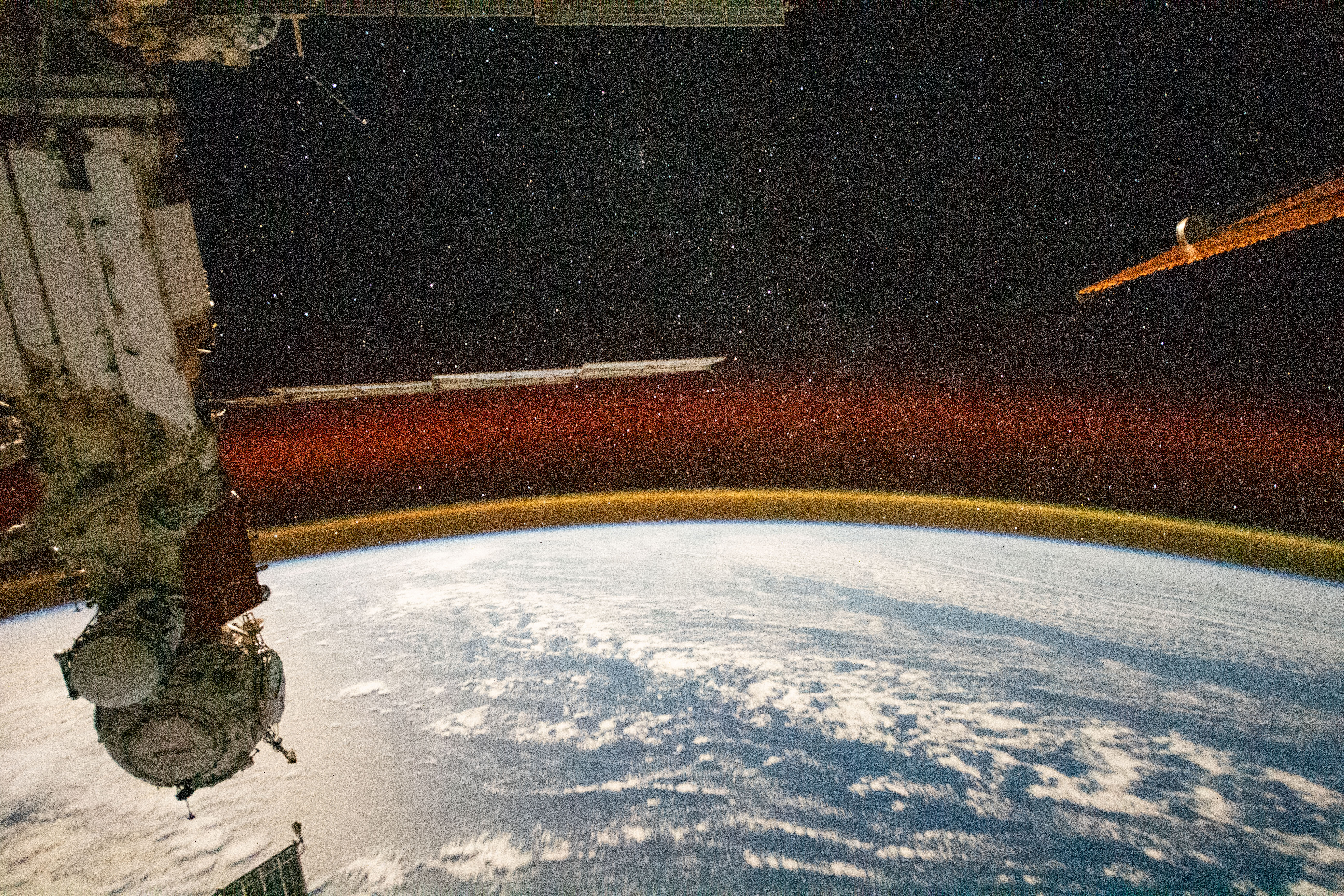Perseverance Blasts Past the Top of Jezero Crater Rim
I have always loved the mountains. Growing up on the flat plains of Midwestern USA, every summer I looked forward to spending a few days on alpine trails while on vacation. Climbing upward from the trailhead, the views changed constantly. After climbing a short distance, the best views were often had by looking back down […]

3 min read
Perseverance Blasts Past the Top of Jezero Crater Rim
I have always loved the mountains. Growing up on the flat plains of Midwestern USA, every summer I looked forward to spending a few days on alpine trails while on vacation. Climbing upward from the trailhead, the views changed constantly. After climbing a short distance, the best views were often had by looking back down on where we had started. As we climbed higher, views of the valleys below eventually became shrouded in haze. Near the top we got our last views of the region behind us; then it disappeared from view as we hiked over the pass and started down the other side. Approaching the summit held a special reward, as the regions beyond the pass slowly revealed themselves. Frequent stops to catch our breath during our ascent were used to check the map to identify the new peaks and other features that came into view. Sometimes the pass was an exciting gateway to a whole new area to explore.
This ever-changing landscape has been our constant companion over the last five months as Perseverance first climbed out of Neretva Vallis, then past “Dox Castle,” and “Pico Turquino.” We stopped at “Faraway Rock” on Sol 1282 to get a panorama of the crater floor. More recently, we could see many more peaks of the crater rim. As Perseverance crested the summit of “Lookout Hill,” half a mile (800 meters) above the traverse’s lowest point, we got our first views beyond the crater rim, out into the great unknown expanse of Mars’ Nili Planum, including the upper reaches of Neretva Vallis and the locations of two other candidate landing sites that were once considered for Perseverance. As the rover crested the summit, Mastcam-Z took a large panoramic mosaic, and team members are excitedly poring over the images, looking at all the new features. With Perseverance’s powerful cameras we can analyze small geological features such as boulders, fluvial bars, and dunes more than 5 miles (8 kilometers) distant, and major features like mountains up to 35 miles (60 kilometers) away. One of our team members excitedly exclaimed, “This is an epic moment in Mars exploration!”
While Curiosity has been climbing “Mount Sharp” for 10 years, and Spirit and Opportunity explored several smaller craters, no extraterrestrial rover has driven out of such a huge crater as Jezero to see a whole new “continent” ahead. We are particularly excited because it is potentially some of the most ancient surface on the Red Planet. Let’s go explore it!
Perseverance is now in Gros Morne quad, named for a beautiful Canadian national park in Newfoundland, and we will be naming our targets using locations and features in the national park. For the drive ahead, described in a video in a recent press release, our next destination is on the lower western edge of the Jezero crater rim at a region named “Witch Hazel Hill.”
Perseverance made more than 250 meters of progress over the weekend (about 820 feet) and is already at the upper part of Witch Hazel Hill, a location called “South Arm.” Much of the climb up the crater rim was on sandy material without many rocks to analyze. Witch Hazel Hill appears to have much more exposed rock, and the science team is excited about the opportunity for better views and analyses of the geology directly beneath our wheels.
Written by Roger C. Wiens, Principal Investigator of the SuperCam instrument, Purdue University
Share
Details
Related Terms
What's Your Reaction?
















































